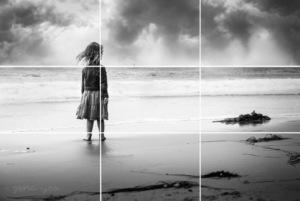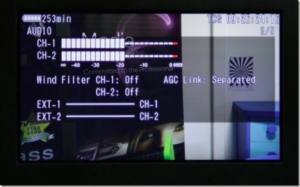In our last blog, Victorious Video Part 1, we discussed the importance of video content and affordable ways to break into the realm of video. But now, as branders, marketers, and storytellers, we want to ensure that we are communicating effectively. Video is the perfect medium for preserving the moments and subjects that we want to cover, and some basic guidelines can help ensure its captured in a dynamic and engaging way.
So, without further ado, here are a few tips and tricks for marketers who want to get the best out of their video content, even without a professional crew in place.
- STABILIZE YOUR CAMERA
First things first, we want a nice, clean shot. In order to achieve this, you have to steady your camera from outside motion. Whether you’re shooting with a gimbal rig recommended in part 1, a trusty tripod, or even hand-held, ensuring a steady shot should be first and foremost in your mind as designated videographer. A shaky shot, and sounds of your camera or phone being jostled around are distracting to your audience and can take away from the intended focus of your video.
- FOLLOW THE RULE OF THIRDS
Many first-time videographers make the mistake of framing their shot like a family portrait. However, this is not as aesthetically appealing or engaging as a shot could be when using the rule of thirds.
Imagine there’s a grid over the camera’s display (much like a grid of tic-tac-toe) that splits the shot into thirds; both top to bottom, and left to right. If we place the subject or focal point of the shot on one of the lines or intersecting points of the grid, the shot has a far more professional and appealing look about it.
Take a look at the example below. Here, the child and the horizon are both placed on lines in the grid, framing them in an appealing way. This is taught early on in cinematography and photography classes and is a key distinguishing characteristic that can elevate your content from amateur to professional.

- CONSIDER YOUR BACKGROUND
The next tip may be obvious, but should always be in the back of a videographer’s mind. What is in the background of this shot? It can be a life-saver for the sake of the video being produced, as anything that pulls attention from your subject is undermining your content. Furthermore, if you get creative with the background and location, it can even work in your favor to say something about the subject. Think about factors such as the softness or grittiness of a textured wall, or perhaps the emotions derived from a certain color shade. While this can be simply a consideration for later, the main focus should be ensuring nothing is distracting.
- ENSURE QUALITY AUDIO
Please wear headphones! This, plus checking your “audio levels” ensures audio is being captured through the microphone for later use. If audio seems muffled or far away, it is far better to catch this prior to filming than during or after your shoot. Listen to the audio being captured and see if it sounds too soft or too loud. You want audio to be captured in a middle range so that it can be manipulated later in your editing software. Audio is essential to the communication of your ideas, and while it is not a visual component, is an important piece of your video content. See below for an image of an audio levels display and an ideal range for your audio to peak when recording.

- BACK-UP EVERYTHING
Given that you are filming this interview, testimonial, event, etc., it is clear this event is important and crucial to capture. That being said, there is no worse feeling as a videographer than losing any or all of your footage. This is why we recommend that as soon as you have your footage, you should make a back-up. This time-consuming process will be well worth the wait, should something happen to your equipment or SD-Card.
So, before you start anything: Back-up. Once you start editing and have made a rough cut? Save that and back it up as well. You should also edit strictly off of footage kept in one location that does not move. This will allow the editing software to recognize where the footage is coming from and mitigate problems later. At the very least, just take it from me. Back. Up. Everything.
And with that, you are on your way to utilizing effective videography practices. Just remember, that while video production can be daunting, it is a useful and high-ROI content medium, and when utilized correctly, it will be highly engaging and rewarding for your audience.